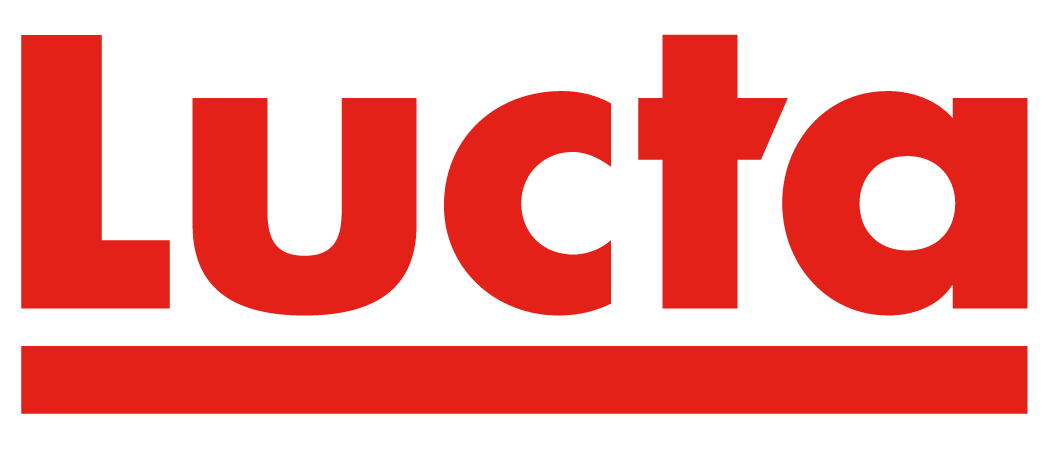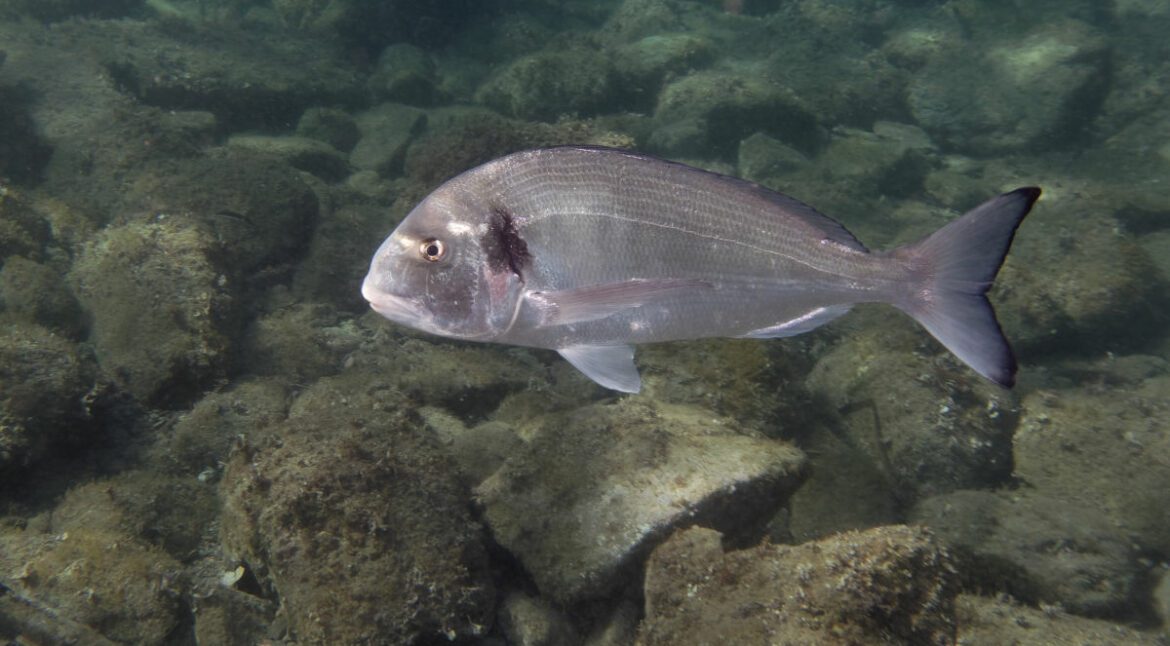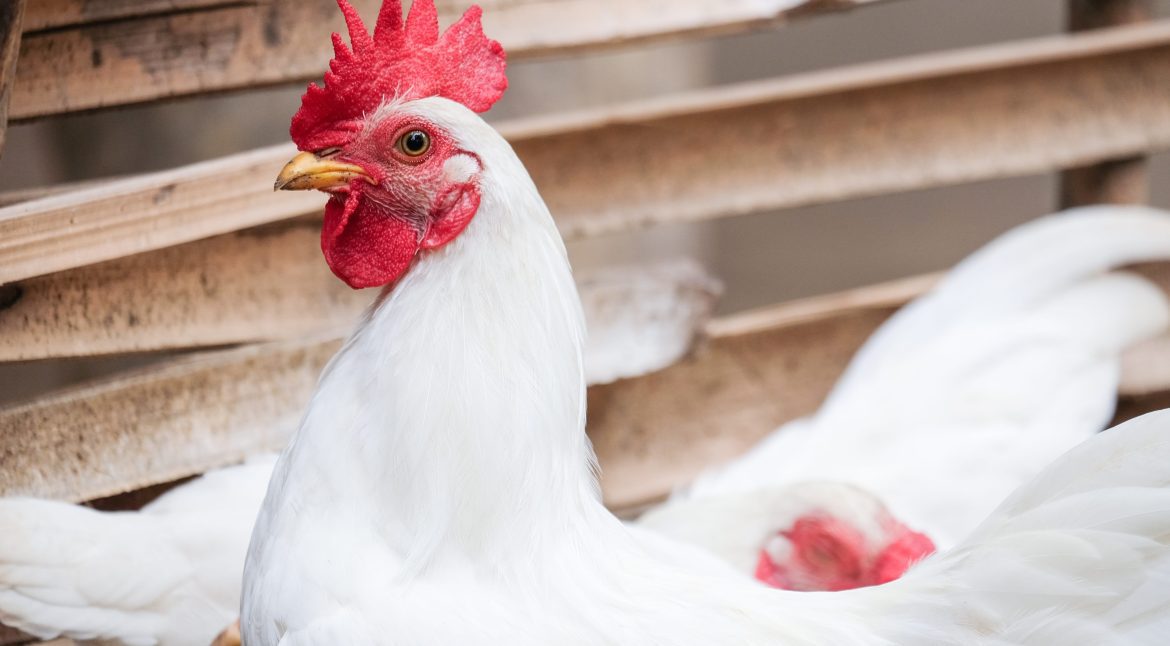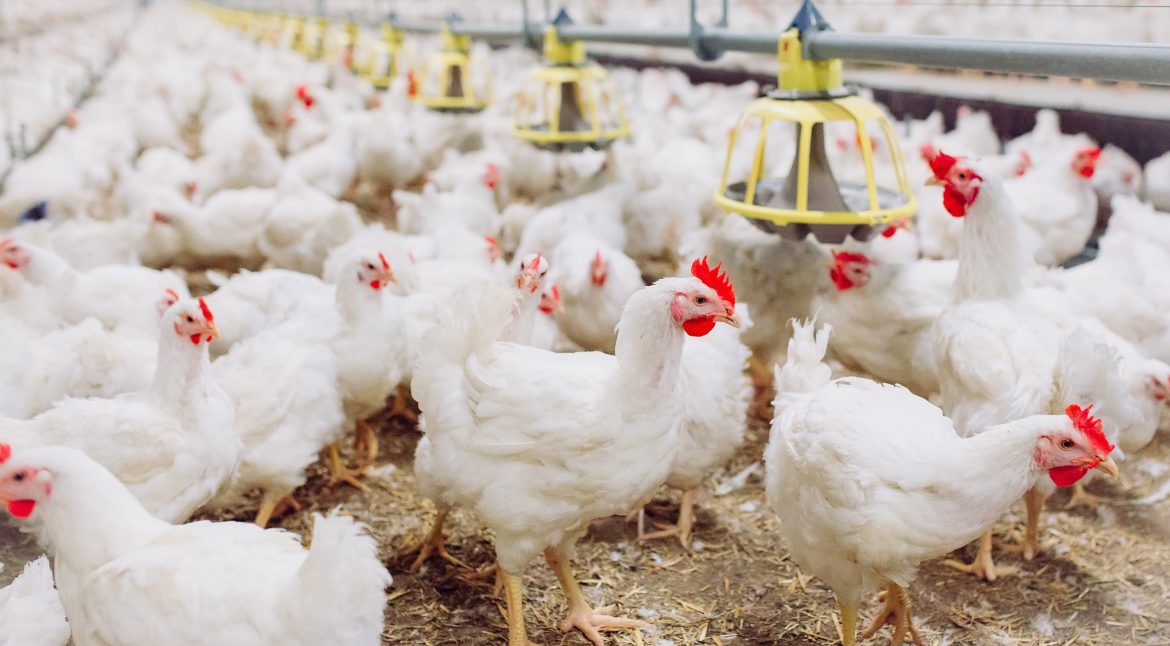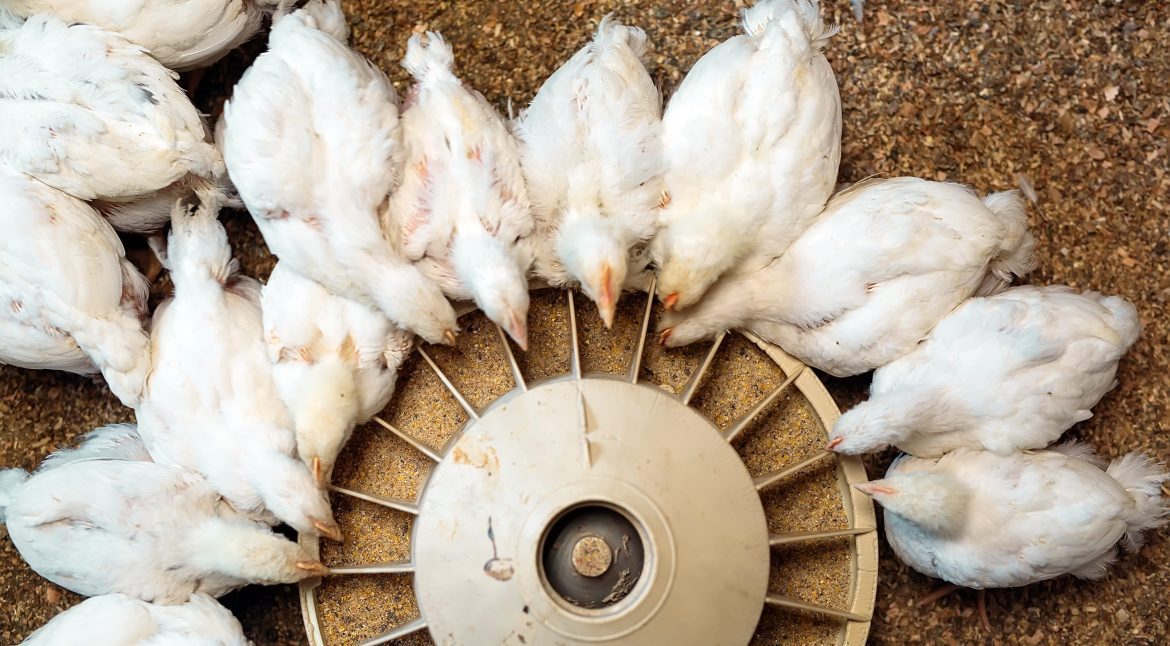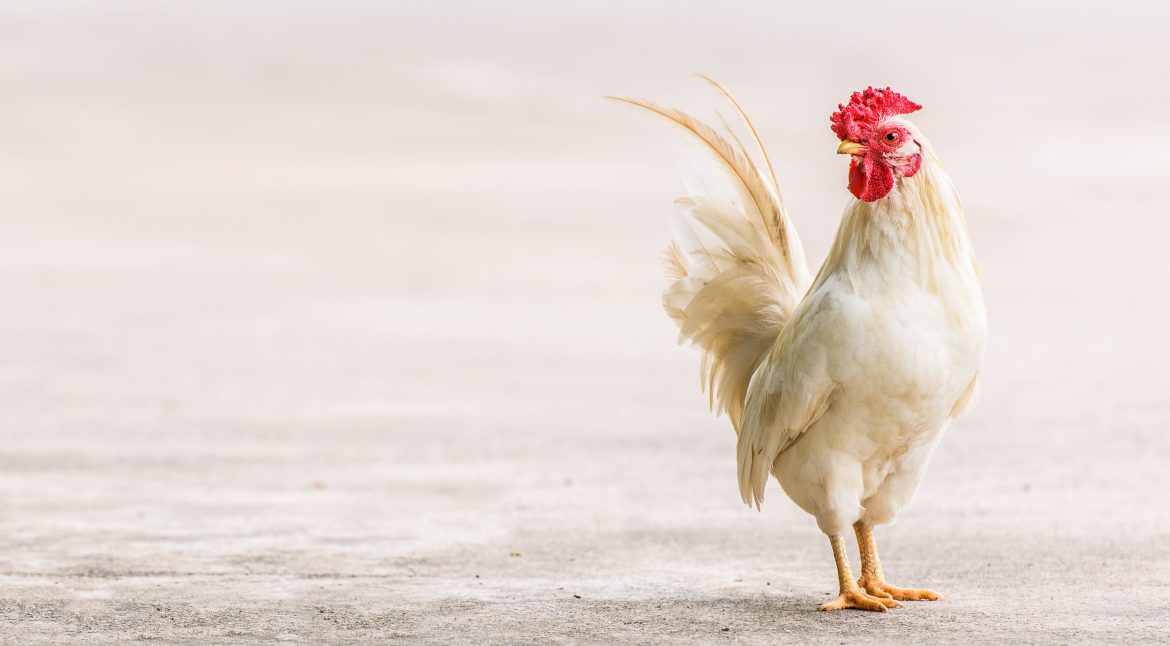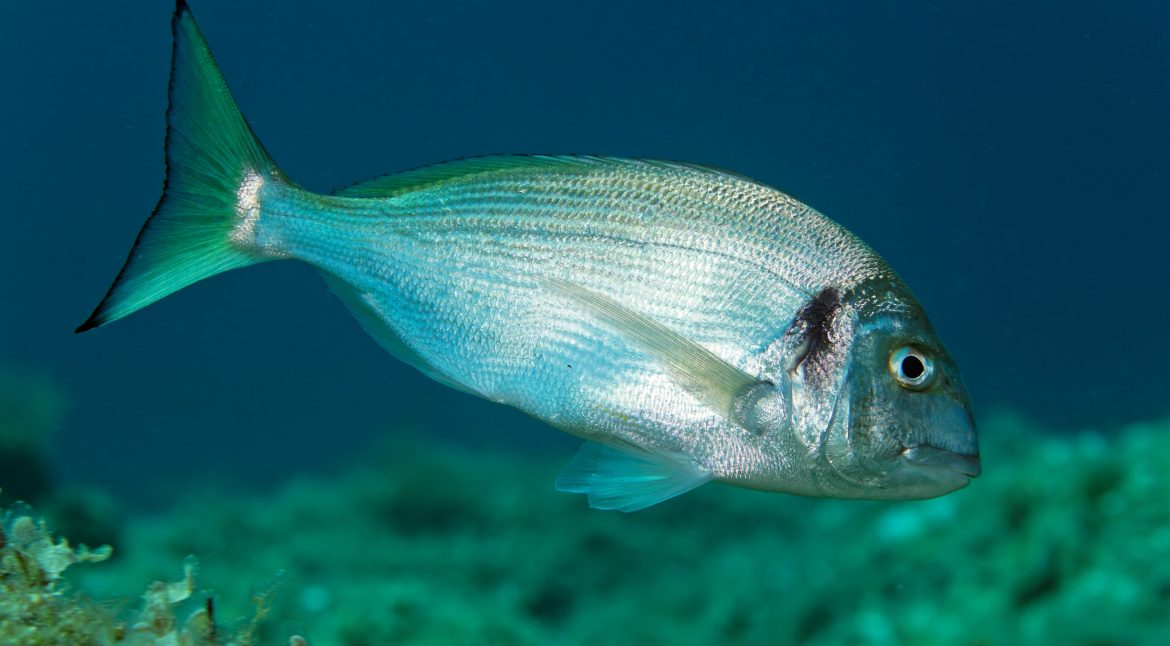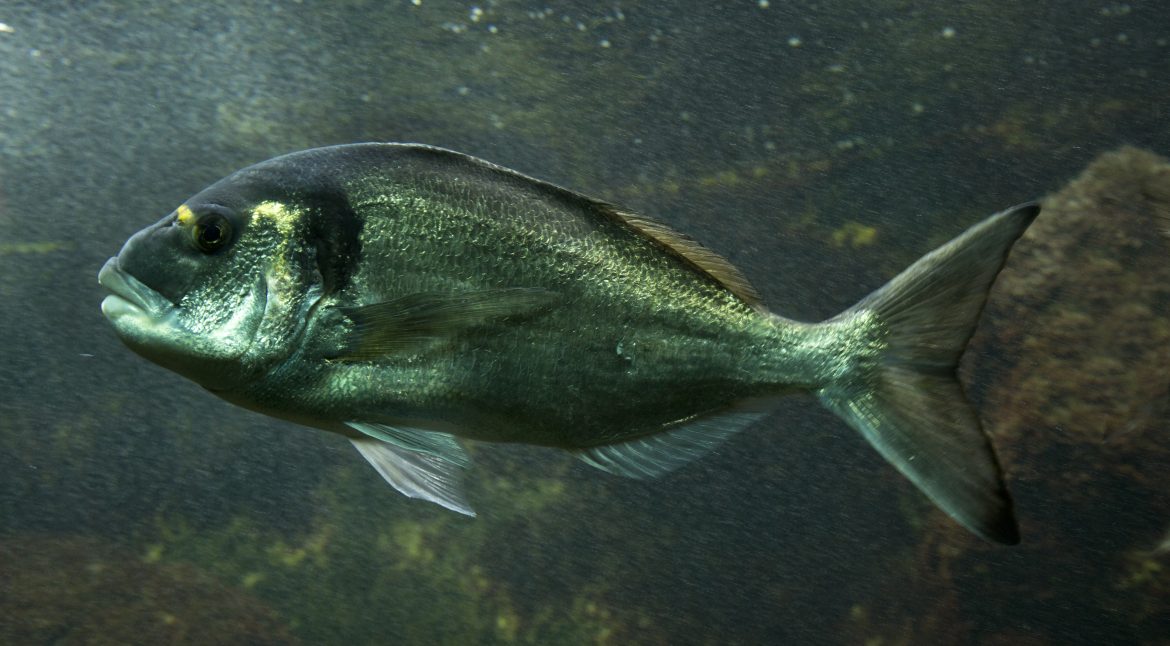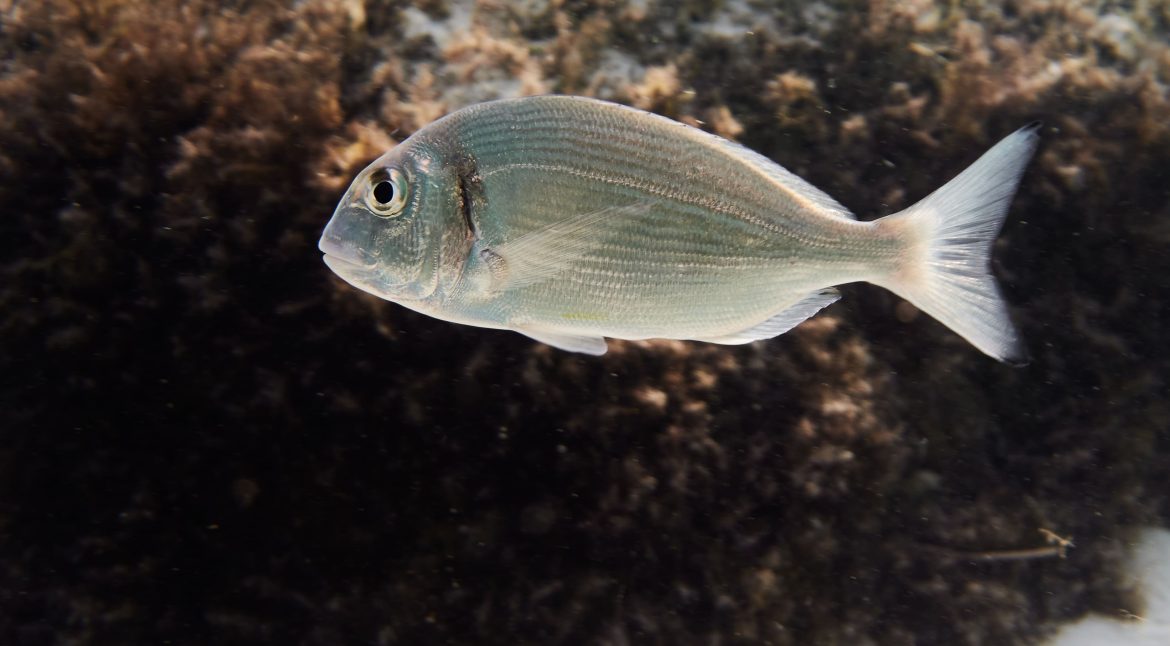The current need to find alternatives to the use of antibiotics in poultry feeds is opening opportunities for natural extracts with functional properties. The present study aims to evaluate the effect on performance of 2 solutions based on natural extracts compared to a commercial mixture of antibiotics in broiler diets.…
Selection for accelerated growth rate and high breast yield in broiler chickens has been associated with carcass quality problems. By-products from olive oil mill processing are rich in bioactive substances, including polyphenols and triterpenes, with anti-inflammatory and antioxidant properties. The present study aims to evaluate the effects of a standardized…
Previous studies have shown that the phytogenic additive based on capsaicin LUCTAROM® Convert (LOM) improves broiler chicken performance. Recent studies show that in addition to antimicrobial, antioxidant and anti-inflammatory effects, phytogenic additives can also improve animal performance by enhancing digestive enzyme secretions. The aim of the present study was to…
Selection for accelerated growth rate and high breast yield in broiler chickens has been associated with carcass quality problems. By-products from olive oil mill processing are rich in bioactive substances, including polyphenols and triterpenes, with anti-inflammatory and antioxidant properties. Previous studies using a standardized olive pomace extract in broiler diets…
In this study, we investigated the transcriptional spatio-temporal dynamics of the taste 1 receptor (T1R) gene family repertoire in seabream (Sparus aurata [sa]), during larval ontogeny and in adult tissues. In early larval development, saT1R expression arises heterochronously, i.e. the extraoral taste-related perception in the gastrointestinal tract (GIT) anticipates first…
Fish oil (FO), as a source of n-3 long-chain polyunsaturated fatty acids (LC-PUFA), is probably one of the most valuable ingredients in fish feeds. However, rising costs, decreasing availability and scarcity of alternative “Omega-3” sources meeting price and volume demands, compels its judicious use by the aquafeed industry. Past research…
Optimal feed intake is crucial for performance, efficiency and profitability. Palatability of feed, associated to its chemical and sensory properties, is central in determining acceptability by fish. Still, some species are more tolerant than others. Gilthead seabream, for instance, adapts fairly well to changes in diet formulation. However, a feed…
In this study we used a self-feeding system to investigate feed choice based on organoleptic cues in gilthead seabream. Two consecutive experiments were done with the same group of fish in summer (Exp-1: average body weight = 38g; average water temperature = 25.2ºC) and autumn (Exp-2: 100g; 17.3ºC) using a…
